-
Welcome to Tacoma World!
You are currently viewing as a guest! To get full-access, you need to register for a FREE account.
As a registered member, you’ll be able to:- Participate in all Tacoma discussion topics
- Communicate privately with other Tacoma owners from around the world
- Post your own photos in our Members Gallery
- Access all special features of the site
Put 255/85/16s on stock OR wheels and suspension
Discussion in '3rd Gen. Tacomas (2016-2023)' started by Jibbs, May 12, 2017.
Page 139 of 175
Page 139 of 175


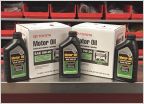 Brand of engine oil
Brand of engine oil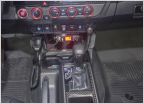 CB specifics
CB specifics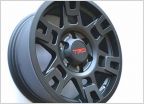 TRD Pro wheel replacement question...
TRD Pro wheel replacement question...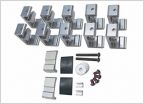 2016 Side Bed Rail's are Torqued?
2016 Side Bed Rail's are Torqued?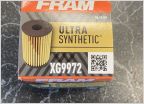 Oil Filter Housing Drain Hack
Oil Filter Housing Drain Hack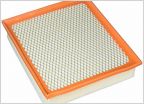 Air filter
Air filter




